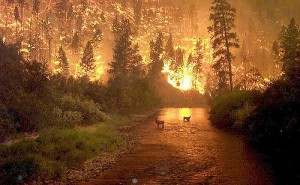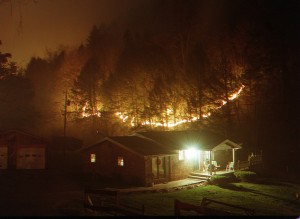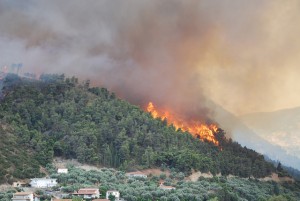Preventing Fire Damage
go.ncsu.edu/readext?437148
en Español / em Português
El inglés es el idioma de control de esta página. En la medida en que haya algún conflicto entre la traducción al inglés y la traducción, el inglés prevalece.
Al hacer clic en el enlace de traducción se activa un servicio de traducción gratuito para convertir la página al español. Al igual que con cualquier traducción por Internet, la conversión no es sensible al contexto y puede que no traduzca el texto en su significado original. NC State Extension no garantiza la exactitud del texto traducido. Por favor, tenga en cuenta que algunas aplicaciones y/o servicios pueden no funcionar como se espera cuando se traducen.
Português
Inglês é o idioma de controle desta página. Na medida que haja algum conflito entre o texto original em Inglês e a tradução, o Inglês prevalece.
Ao clicar no link de tradução, um serviço gratuito de tradução será ativado para converter a página para o Português. Como em qualquer tradução pela internet, a conversão não é sensivel ao contexto e pode não ocorrer a tradução para o significado orginal. O serviço de Extensão da Carolina do Norte (NC State Extension) não garante a exatidão do texto traduzido. Por favor, observe que algumas funções ou serviços podem não funcionar como esperado após a tradução.
English
English is the controlling language of this page. To the extent there is any conflict between the English text and the translation, English controls.
Clicking on the translation link activates a free translation service to convert the page to Spanish. As with any Internet translation, the conversion is not context-sensitive and may not translate the text to its original meaning. NC State Extension does not guarantee the accuracy of the translated text. Please note that some applications and/or services may not function as expected when translated.
Collapse ▲
Image by John McColgan CC-BY-NC
Not all fire is bad. Prescribed burning is a land treatment, used under controlled conditions, to accomplish natural resource management objectives. It is a safe way to apply a natural process, ensure ecosystem health, and reduce wildfire risk. Its use reduces the potential for destructive wildfires and thus maintains long-term air quality.
Plan ahead. Before a wildfire threatens your area…
-

Image by USDA CC-BY
Create a defensible space in the area within 200 feet of your home by reducing the amount of flammable vegetation and material and increasing the water content of what remains.
- Remove leaves from gutters, eaves, porches, and decks.
- Clear away dead plant material within 10 feet of the house.
- Remove branches that are 10 feet or less from the ground.
- Keep your lawn well-watered and in good health. If it is brown, mow it close to the ground to reduce fuel for wildfire.
- Dispose of debris and lawn cuttings quickly to reduce fuel for a fire.
- Learn more at www.firewise.org.
Prevent new fires by eliminating potential ignition sources. Do not burn leaves.
Resources

Image by Lotus R CC-BY-SA
- Wildfire Risk Assessment Guide for Homeowners in the Southern United States
- Fire-Resistant Landscaping in North Carolina: Identify recommended plants, plant placement, and maintenance to make your home less vulnerable
- Preparing homes for wildfire by the National Fire Protection Association (NFPA)
- Low Flammability Plants
- Selecting and Maintaining Firewise Plants for Landscaping
- North Carolina Forest Service Contacts
- Wildland Fire in the Southeast: National Cohesive Wildland Fire Management Strategy
- Fire Adapted Communities
- Fire in the Wildland-Urban Interface: Selecting and Maintaining Firewise Plants for Landscaping


